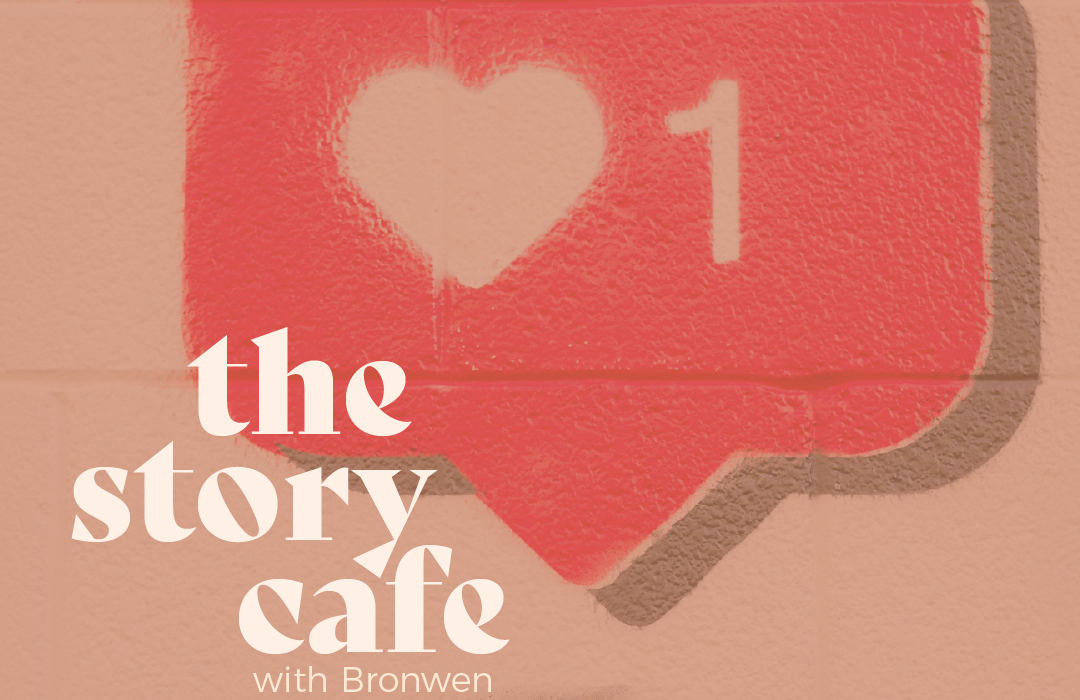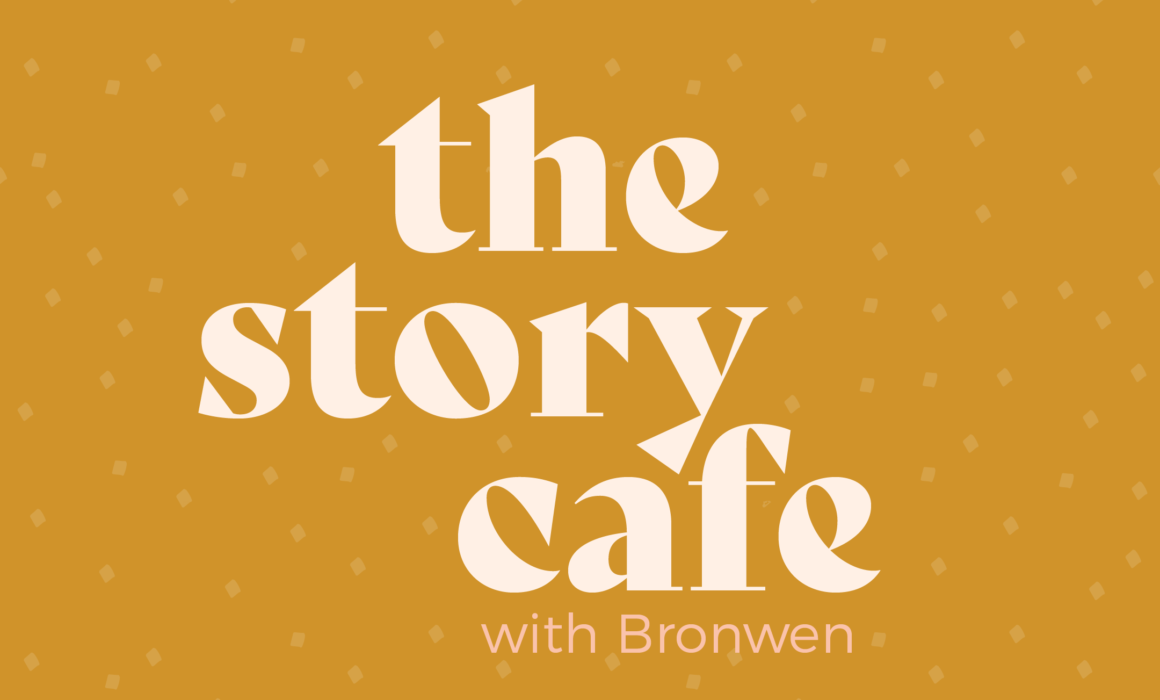If I’m being completely honest, keeping up with the trends can be exhausting. We are constantly being told that if we don’t do this or if we don’t do that, we’re doing something wrong. And, sometimes… they do have a point. Although, when you hear about a trend, finally adopt it, and then a few months later it’s irrelevant, it can be pretty frustrating.
Are you feeling this same way? If so, I’ve come up with a few ‘trendy’ marketing tactics that will never go out of style (at least not for a while).
-
- Less SEO, more value
In the last few years, it’s been all about SEO.
SEO this, SEO that… we were all convinced that if our website wasn’t optimized, we wouldn’t get the attention, and we wouldn’t get the sales.
Yes, if you can optimize your website, sales pages, and blog posts for search engine traffic without sacrificing the value of your content, then by all means… go for it! Although, don’t forget that SEO will never be more important than the value you deliver.
If the messaging you’re delivering is valuable in and of itself, that is number one… always. Optimization is secondary.
Remember the algorithms that we all know and love (or hate)? They are getting smarter, meaning it’s getting harder to ‘hack’ the algorithm in our favour.
So instead of playing a game of cat and mouse with the algorithm, try narrowing in on what really matters within your messaging.
Take the pressure off of trying to land on page one of Google, and instead focus on your customers and the value they walk away with after visiting your website.
And a hot tip, Google is prioritizing quality content above all else!
-
- LINKEDIN, LINKEDIN, LINKEDIN
LinkedIn is growing!
LinkedIn has never really been considered one of the big players in social media networks, mainly because it’s geared towards a particular market – professionals looking to connect with other professionals.
Although, LinkedIn has recently seen massive growth in its active users and platform engagement.
Recent stats from Business Insider tell us that:
- LinkedIn drives 46% of social traffic to B2B sites;
- LinkedIn is considered the most credible source for content.
Are you on LinkedIn? This year might be the year to use this platform to your advantage!
-
- Online events & live video
Video and online events have been on the rise for years, and this year is no exception.
Online events, such as webinars, master classes, and lives, are one of the most popular ways for people to connect with the brands and businesses they follow, no matter where they are in the world.
According to Sprout Social, half of social media users said they prefer video content, and 85% of users want more videos from brands.
While we might be cringing at the idea of putting our faces on video, the data says that, yes, video does work!
***
Did any of these trends resonate with you? Which one would you consider incorporating into your marketing strategy?






